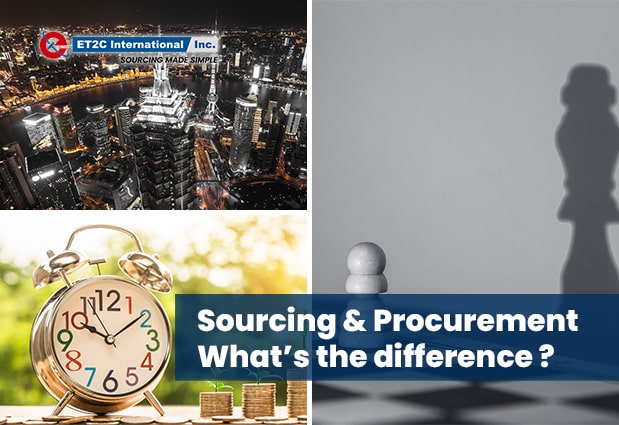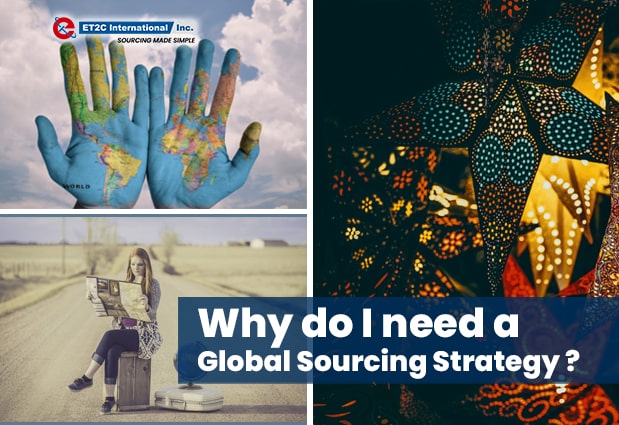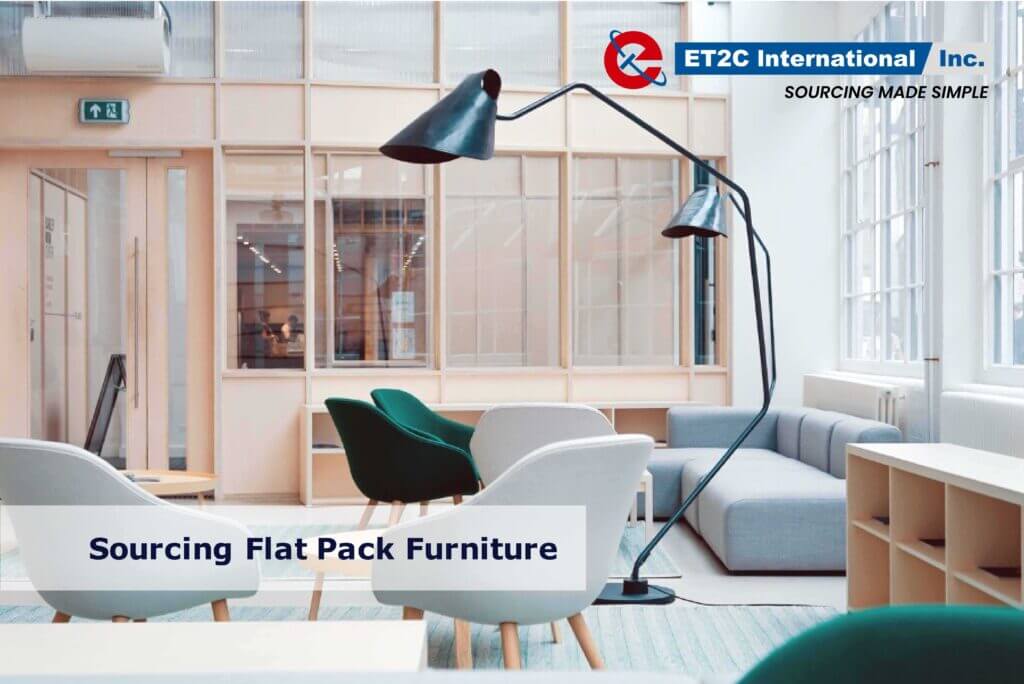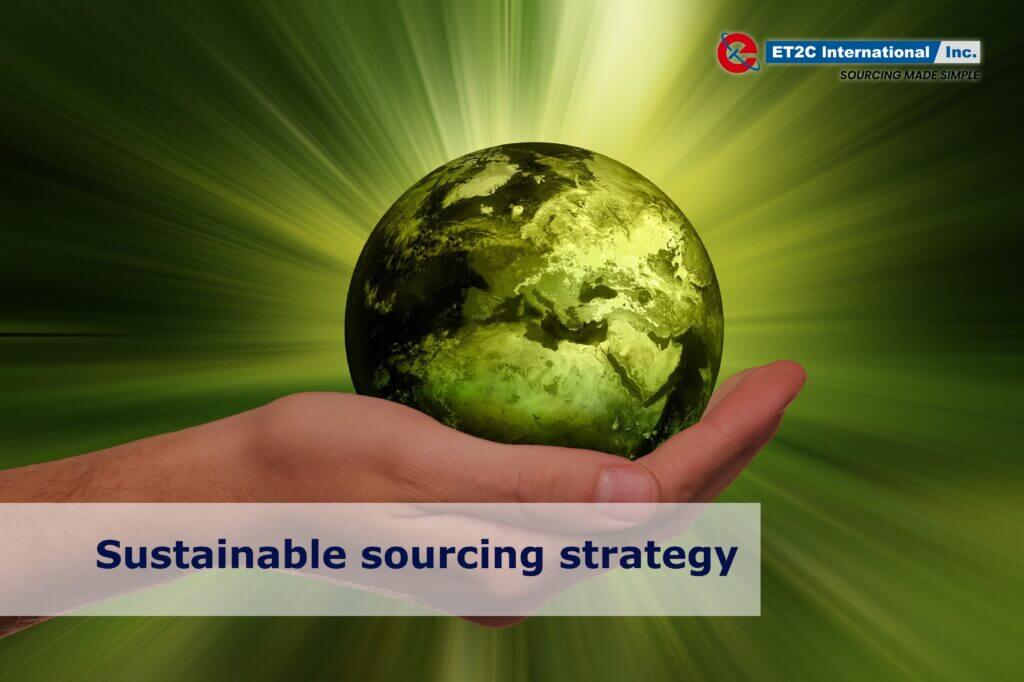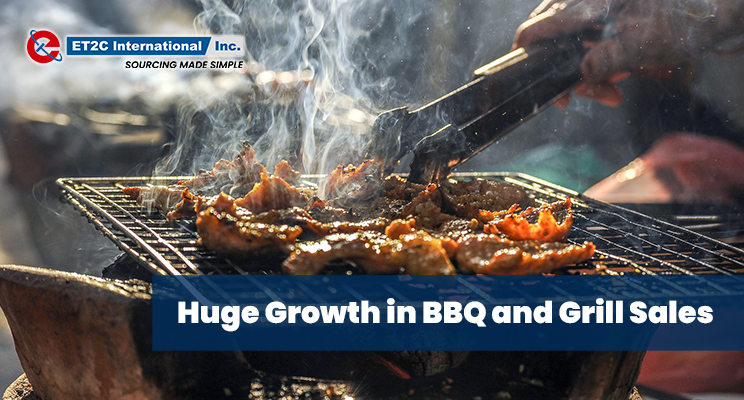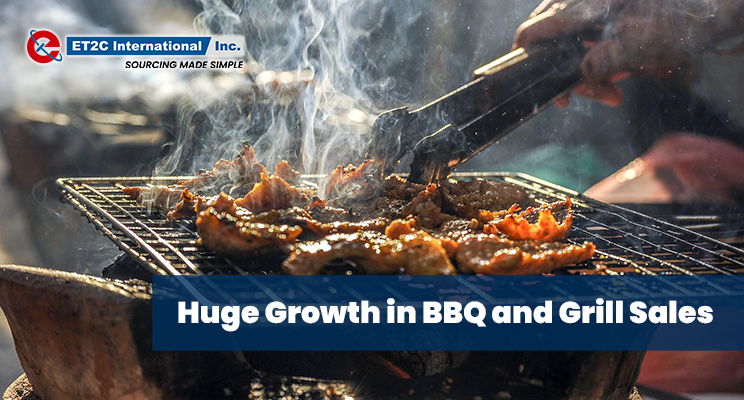How do I start Sourcing from China ?
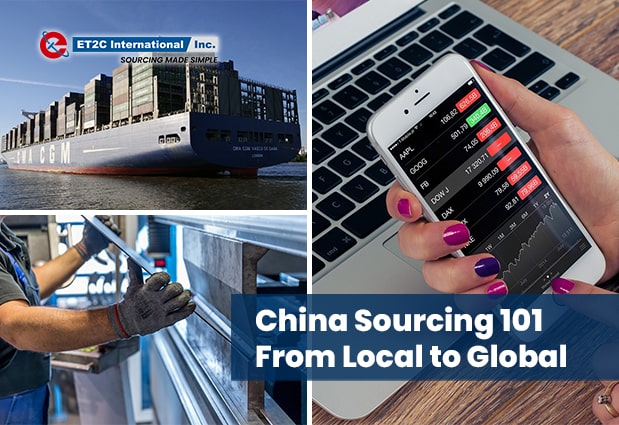
The building blocks of Global Sourcing Strategy
You may have been thinking about Strategic Sourcing for some time. Reading about the benefits China Sourcing can bring to a company, but you’ve probably also read about some of the problems and frustrations people have come up against.

Whilst the benefits can be huge, and to not source from China can put you at a huge competitive disadvantage in some markets. It is also true that time zones, language barriers and business communication standards can be very different and challenging to navigate.
So how do you avoid the pitfalls and frustration and deliver all the benefits of Strategic Sourcing and Procurement ?
Delivering an effective Sourcing Strategy is dependent upon a range of factors which must be confirmed before any product is ordered.
- Define your sourcing needs: Determine the specific products you want to source including specifications, accreditations, price and shipping
- Conduct market research: Researching the range of potential suppliers. Identifying those who can meet your sourcing requirements and have clear alignment with your business vision and values.
- Supplier referencing: Your new supply partners need to be reliable and trustworthy. Whilst difficult to assess other than through experience communication and sampling can help to prove competence and reliability

- Communication and negotiation: Establish clear communication channels with potential suppliers.. Be prepared to discuss packaging, shipping, minimum order quantities, pricing and any additional costs involved.
- Due diligence: Before finalizing any agreement, conduct due diligence on the supplier. Verify their legal status, business license, and certifications. Consider performing a background check and requesting references from other clients they have worked with.
- Quality & Compliance testing: Once you have selected a supplier, request product samples for testing and quality assurance.
- Legal and logistics considerations: Familiarize yourself with import/export regulations, customs procedures, and any applicable taxes or duties in your country. Understand the logistics involved, such as shipping methods, packaging, and transportation options.
- Place orders and establish a contract: If you’re satisfied with the sample testing and all terms are agreed upon, proceed to place your first order.

9. Monitor production and quality control: Regularly communicate with your supplier during the production process to stay updated on the progress. Consider conducting factory visits or hiring a third-party inspection service to ensure quality control.
10. Manage shipping and delivery: Coordinate with your supplier regarding shipping arrangements, including choosing the appropriate shipping method (air, sea, or land) and handling customs clearance. Track your shipment to ensure timely delivery.
The opportunity to source from China is huge but also a lot of complexity and requires many new skill sets and knowledge
For many small start-ups, challenger brands or emerging high growth companies the skills sets and connections to deliver Strategic Sourcing projects are not readily available. Working on these 10 areas to ensure you are working with the right sourcing partner can be very time hungry.
However you can short cut this by engaging a Sourcing company to deliver all the benefits of China sourcing without the stress and time pressure. You need to find a Sourcing partner who shares your vision or business and can demonstrate
- Offices and people on the ground in your sourcing markets.
- Experience and knowledge in those markets and understanding of product issues
- Ability to deliver independent quality and compliance reporting to ensure you have full transparency of your products progress
- Track record of successfully delivering projects for clients
At ET2Cwe work with our clients to make their Global Sourcing simple. For over twenty years we have been working with our clients to deliver their sourcing strategies. Working with Multi National retailers to E-Commerce start ups.
Our offices in 7 countries and a team of over 250 colleagues ensure we are always on the ground in your market. Delivering independent and fully digitised QA reporting, Supplier contact.
If you would like to see how we might be able to deliver your strategic sourcing goals please get in touch contact@et2cint.com
How do I start Sourcing from China ? Read More »
